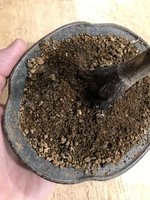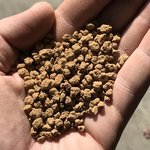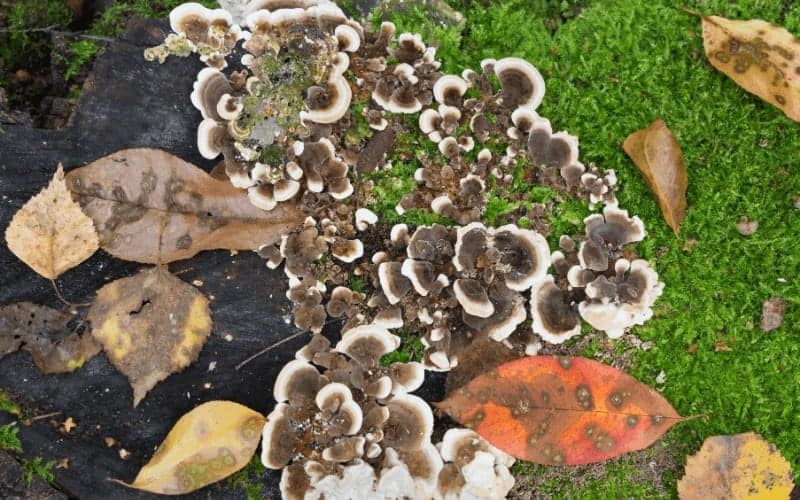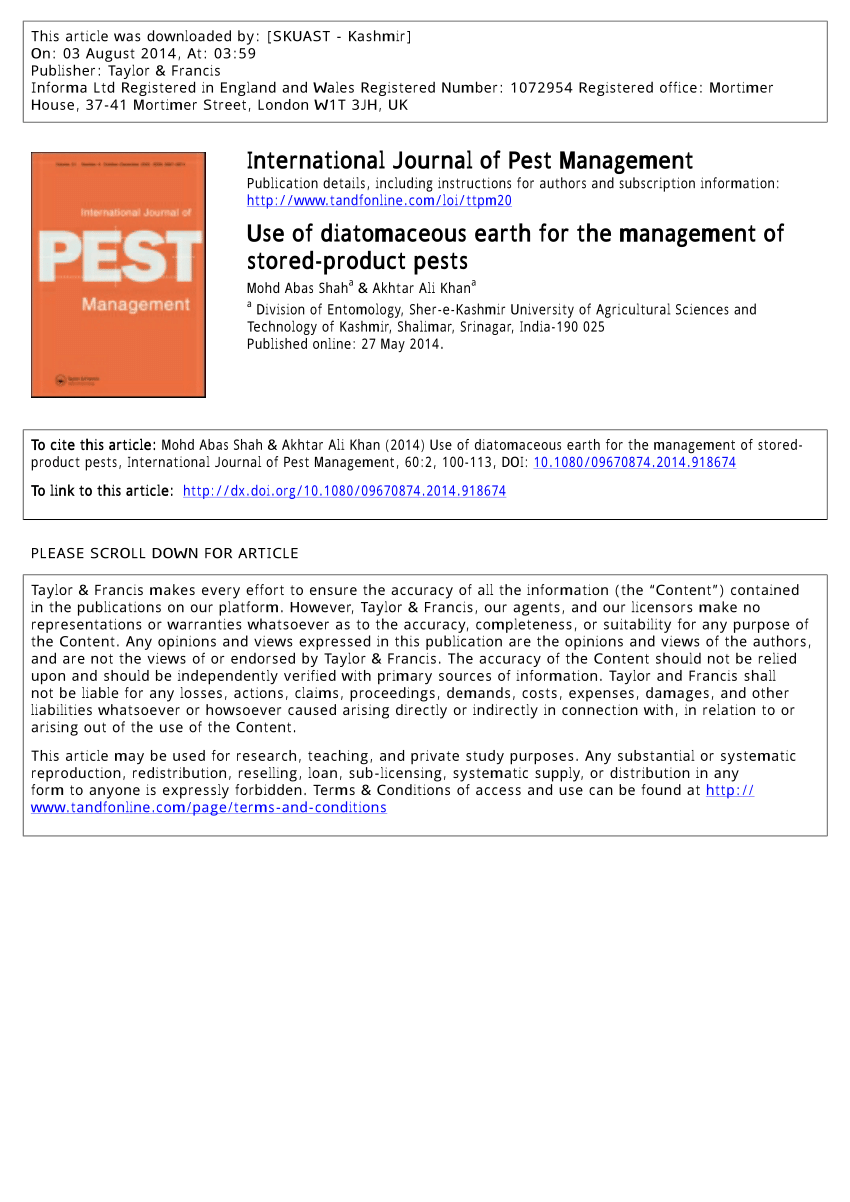Eckhoffw
Masterpiece
Totally down with whatever works. I use DE and calcined clay regularly in my soil mixes.
I like being able to pick up these products whenever is needed.
I haven’t used akadama much as cost is a factor. However I just ordered this. Seems affordable enough. 4 quarts for 40$ hmmm..View attachment 417119View attachment 417120
Just received My akadama today......
Should of checked my math.
Here is a picture of what I got.
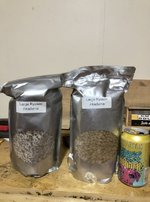
Yep. That’s 4 qts. It is what I ordered. It looks good enough, But that big bag they show you is rather deceptive.
I will continue to sift DE and Calcined Clay for the time being.


